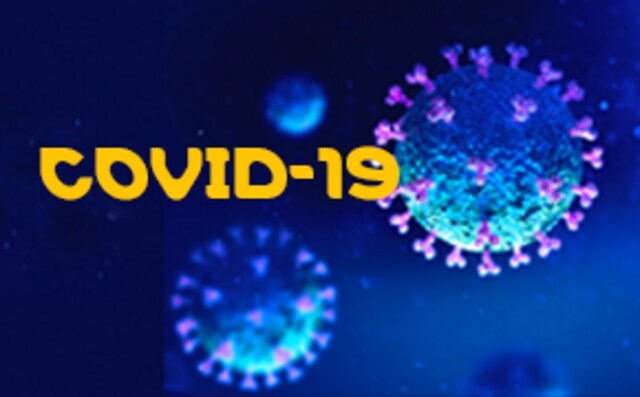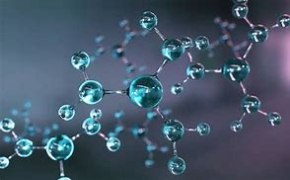Master Category Regression 0607
This is a test description
Small
Medium
Regular
H1 LOWER CASE
Bold
Italics
Underlined
Colored
asuidh asuidh asuidh asuidh
suidh uisdh suidha asuidh auidh
uidasui asuidh asduias asduiha asduih
uidhas duishd aduias dasuidh asuidh asd
| Row1, Col1 | Row1, Col2 | Row1, Col3 |
| Row2, Col1 | Row2, Col2 | Row2, Col3 |
| Row3, Col1 | Row3, Col2 | Row3, Col3 |
Audio
Button
Card
This is the test description for the Card Component
This is a test description for the Card Component
This is a test description for the Card Component
This is a test description for the Card Component
This is a test description for the Card Component
Test Feature Tile

This is a test description
asuidhaui asudhiua asuidhiu
asuidhuia asuidhuias asudhui
uiashduiuiasdhui asuidh asduih
uiashdui uiashdui asuihdui asuidh
uiahsdui asuidhui asduihaiu asuidh

This is a test description for the Tile 2
suidhasi asuidhaui asuidhas
asuihduias asuihduias asiohdiash
uiashduias asuidhasui asuidhia asduih
asd asuidh asduih asduiashd asduiha dasuidh
asduihas asduihasd asuidhasi dasuihd asduiha

This is the test description for the Feature Tile 3
uhasuid asduihas dasuidh asuidh
asduih asduiash dasuidh asduih
asduhas duiashd dasuihd asduihasd
dasuihd asduiashd asduihas dasuida sduiash
dauishd asduihasd asuidha sduiahsd asuidh asdui

This is the test description for the Feature Tile 4
uihi asdihas dasuidh asuidh
auisdh asduihas dasuidhas dauishd
asuidhas dasuihd saduihasd asuidh
asuidh asduiashd asduihas dasuidha
dasuihda duiashd asdasuid asduih
asduih asduihas dasuidh suihduiasd

Left Primary Content
- Atomic spectroscopy uses the energy absorbed or emitted by electrons to identify and quantify the elemental composition of a sample. It includes various analytical techniques, such as AAS, AES, FAA, GFAA, ICP-OES, ICP-MS and XRF.
- Reference materials are critical to method validation, calibration, qualification, and measurement of uncertainty. The proper selection of the reference material best suited for the testing application is vital, as results are only as accurate as the reference.
- Gas chromatography is a common analytic technique used to separate and analyze volatile compounds in the gas phase. GC is applied in many industries for quality control, and to identify and/or quantify compounds in a mixture.
- High performance liquid chromatography (HPLC) can be used to separate and identify different large biomolecules such as protein and peptides in a sample. It is based on the pumping of a sample with a solvent (mobile phase) through a column packed with sorbent material (stationary phase) at a high pressure.
- Low pressure liquid chromatography (LPLC) is a chromatographic technique that operates at low pressures to drive the mobile phase onto the column containing a stationary phase by the action of a pump.
- Small molecules are ions and compounds of molecular weight typically less than 900 daltons. These compounds can be effectively separated and analyzed by HPLC, UHPLC and LC-MS using mainly silica particles or monolithic stationary phases with a broad range of column chemistries (modifications).
- See All Link Left (0)
Right Content Headline
- Mass spectrometry (MS) is an analytical tool used to identify compounds, determine chemical structure, and assess isotopic abundance. In MS, samples are ionized, and the resulting ions are identified based on their mass-to-charge (m/z) ratios.
- NMR spectroscopy is an analytic technique to determine molecular structure, chemical composition and purity. NMR detects the energy absorbed due to nuclear spin states in the presence of a strong magnetic field.
- Photometry measures the amount of an analyte in a sample solution based on the light absorbed. Reflectometry measures reflected light of a surface determining characteristics such as color to draw conclusions on e.g. analyte concentrations.
- Thin layer chromatography (TLC) is a separation technique based on differential partitioning of compounds between a solid surface, coated with a thin layer of adsorbent, and a liquid solvent that moves over the solid surface by capillary action.
- See All Text Right (0)
Reference Headline
Work Horizontal
Desc
Title 1

Title 2

Title 3

To continue reading please sign in or create an account.
Don't Have An Account?